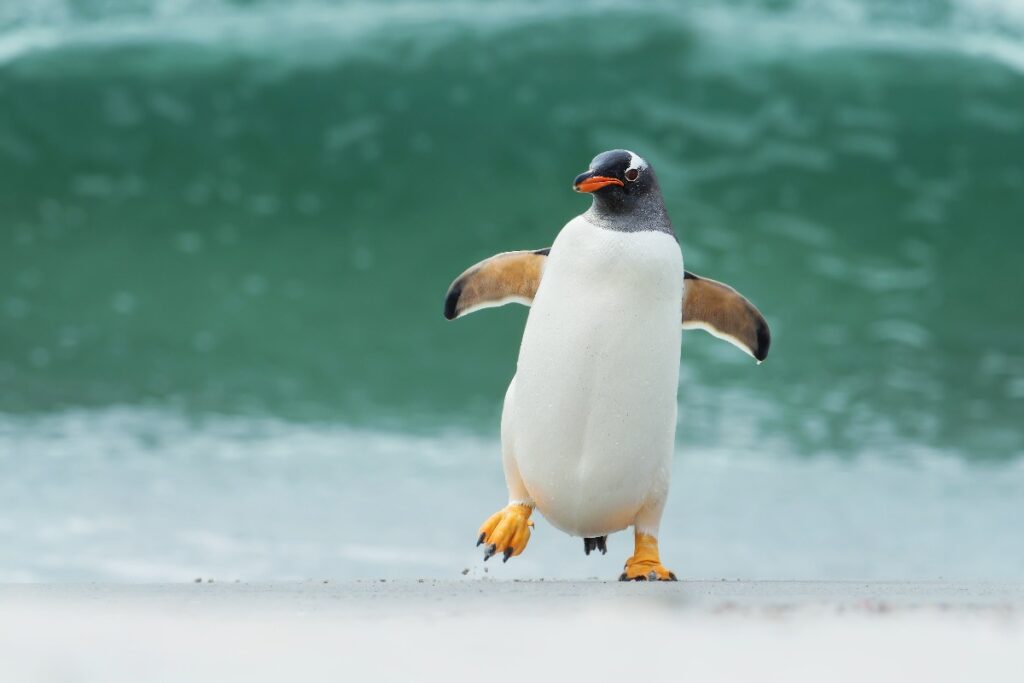Would you break an office rule to rescue someone in distress? This tough choice stood before a BBC crew as they filmed a wildlife documentary in Antarctica. They could either save the lives of a group of baby penguins or abide by wildlife filming ethics. They chose the former.
They were bound by the ‘no intervention’ rule to do nothing for the birds.
It was a choice between morality and professionalism. But ultimately, life or death. This decision triggered discussions about the “No intervention wildlife rule” of wildlife filming. It also led to the examination of other controversial nature filming ethics.
Let’s find out what this rule is all about and why it was made in the first place. Would you think they are too extreme and should be scrapped? Or do you believe that filmmakers should look the other way when animals are in danger?
The Moment that Sparked a Debate: BBC Crew Rescues Baby Penguins
Somewhere in the icy continent of Antarctica, a BBC documentary team set up their camera. Led by veteran broadcaster Sir David Attenborough, the crew was filming the nature docu-series “Dynasties.”
This episode focused on the fascinating lives of one of the continent’s most adorable animals – the penguins. As they followed the daily activities of the aquatic birds, something horrific caught their attention.
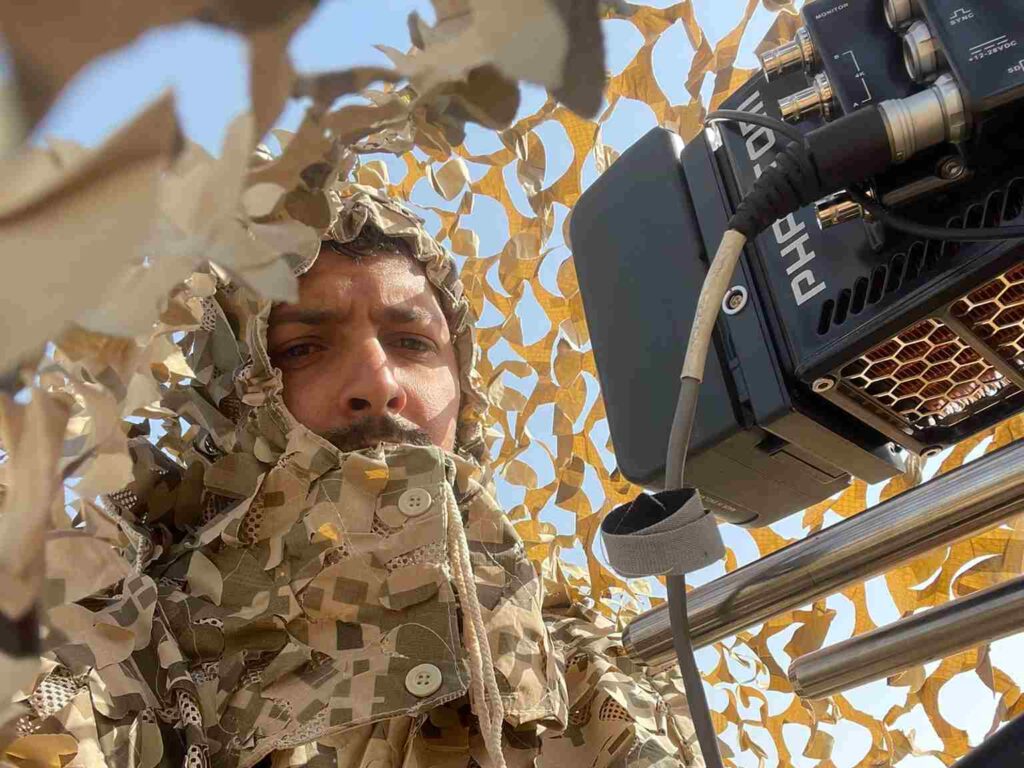
They saw some Emperor penguin mothers trapped in a ravine along with their chicks. As they approached, they discovered that some of the birds were already dead. They had fallen and gotten trapped in a ditch.
“Once we’d dug that little ramp, which took very little time, we left it to the birds. We were elated when they decided to use it.” – Will Lawson.
However, the crew packed up their equipment and retired for the day. By the time they arrived at the exact location two days later, they found even more penguins dead or stuck in the hole.
The hearts of the crew members were overwhelmed with compassion. But according to wildlife filming ethics, they were expected to leave the birds to their predicament. Specifically, they were bound by the “no intervention” rule to do nothing for the birds.
Yet, they couldn’t stand to let those birds die from the extreme cold. At the time, the temperature had dropped to 76 degrees Fahrenheit.
After some moments of contemplation, they decided to rescue the birds. It was a tough decision. But they were convinced that it was the right one.
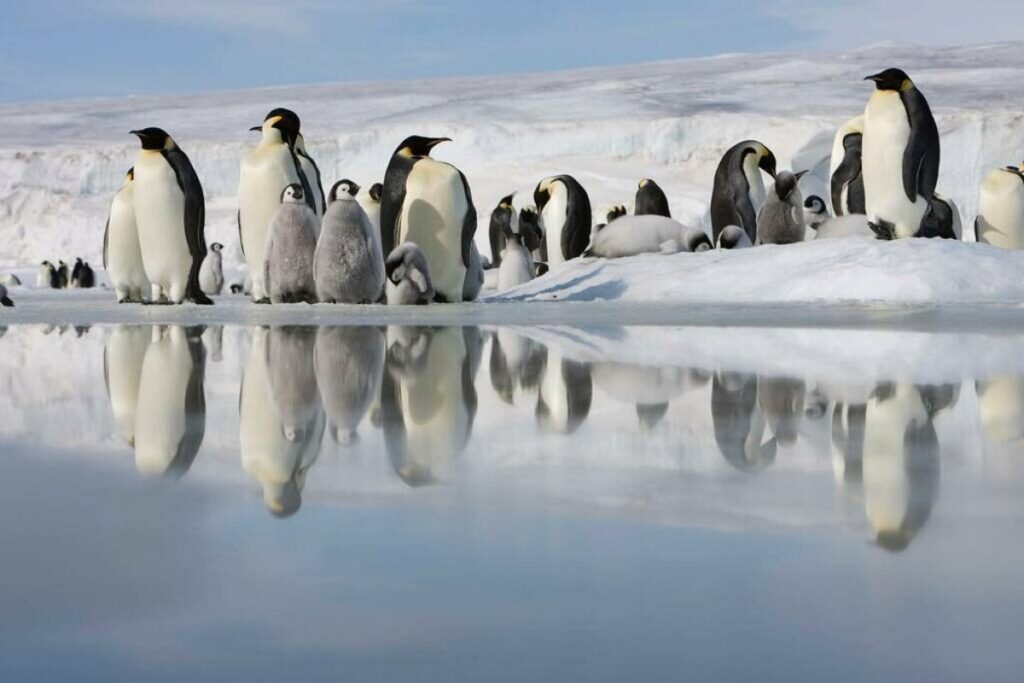
They proceeded to build a stepped ramp. This new facility enabled the penguins to climb out to safety. According to one crew member, they tried as much as possible to honor the rule.
“Once we’d dug that little ramp, which took very little time, we left it to the birds. We were elated when they decided to use it,” said Will Lawson, the director of the series.
What Is the “No Intervention” Rule in Wildlife Filming?
The “no intervention” wildlife rule is an unwritten documentary filming rule. It directs every crew member to never come to the rescue of animals in distress or danger, no matter how upsetting the situation may be.
Basically, the principle behind it is to always let nature take its course while filming. This rule means letting turtles drown in fishing nets or, like the case of the Antarctic penguins, allowing the birds to freeze and die.
Several filmmakers and their crews have spoken about the rule. Although they admit that it is heartbreaking to let animals die, especially when they could have been easily saved, they have to abide by the ethics of their profession. Rules are rules.
Sir David Attenborough explained why his team was right to have done what is now known as the BBC penguin rescue. He stated that he would have done the same.\
“If you tried to go there, the mother would probably have attacked you.” – Mike Gunton.
However, Attenborough explained the difference between this situation and the others where he took a more clinical decision. He flashed back to a 2013 incident where he filmed a baby elephant as it lay dying.
“That particular creature was dying of starvation,” he stated. He added that intervening in such a case wasn’t as straightforward as many have thought. It would have been dangerous.
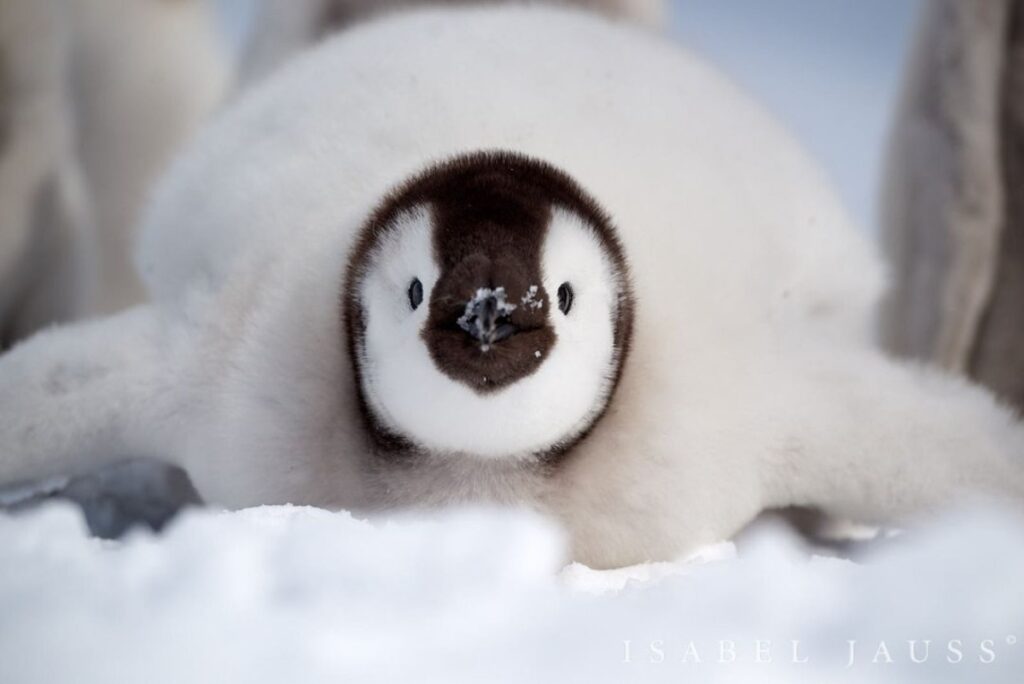
“If you tried to go there, the mother would probably have attacked you,” Mike Gunton, a movie producer familiar with the incident, explained to journalists. “If you fed it, it would have survived for maybe another hour,” he added.
Ultimately, “saving” the elephant was simply delaying the inevitable, as “there was no food anywhere.” But this wasn’t the case for the penguins.
The Fly-on-the-Wall Doctrine and the Legacy of Objectivity
The fly-on-the-wall documentary style is one of the principal pillars of wildlife filmmaking. The principle encourages the filmmakers to provide as much privacy to the wildlife as possible.
A key secret to the success of any wildlife documentary is its ability to capture animals when they are unaware that they are being watched. With this, filmmakers can capture the actual behaviors of these animals.
To achieve this, the crew avoids provoking any reaction from the animals. They also use highly advanced filming equipment, the kind that best conceals their presence.
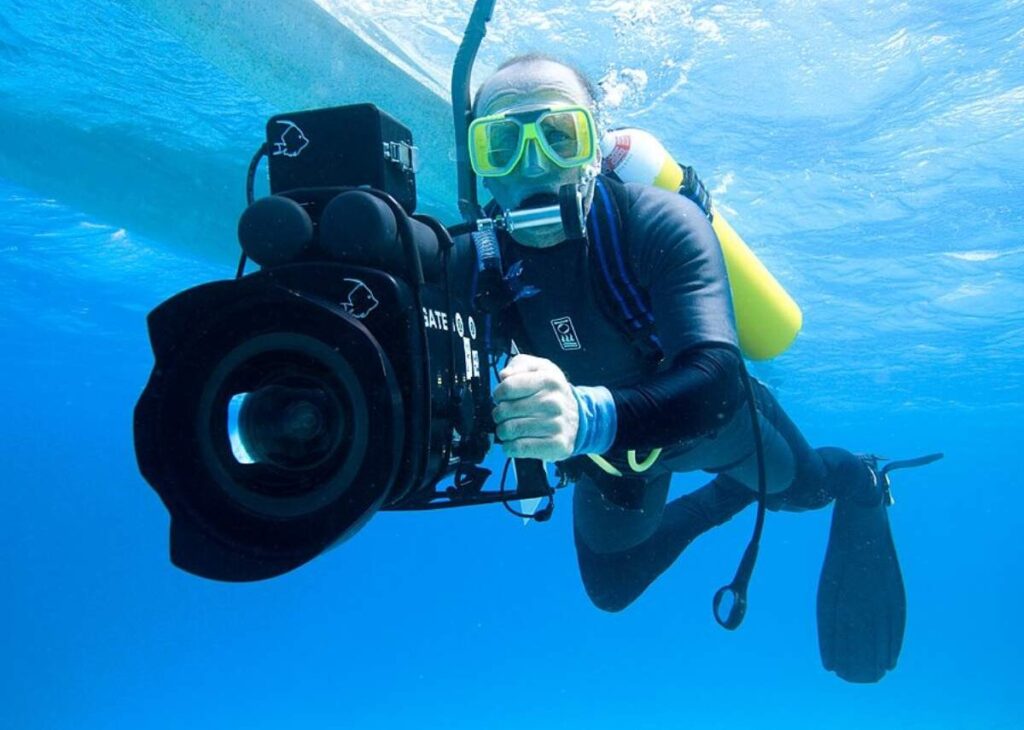
Some of these devices include long lenses, which allow the crew to capture the animals from long distances. Remote cameras are also placed in choice positions to capture the best and longest shots of the animals.
To comply with the rule, production teams also utilize night vision technology. These enable camera operators to move around in low light or at night without startling the animals. Drones and submersible cameras are also valuable for this cause.
Striking the Balance: Can You Film and Still Care?
Every nature filmmaker sooner or later will face a similar situation to their colleagues in the BBC penguin rescue incident. When they do, they will be free to make their choice between animal rescue and non-intervention.
Some will be more inclined to yield to their compassionate side. For others, logic will prevail. Both categories will be justified in their choices. But what about finding a middle ground?
There is a win-win for sympathy and work ethic. No one has to go home feeling guilty for allowing animals to die.
Yes! Filmmakers can still film and care. Just like the penguin crew, it is possible to satisfy both inclinations at the same time. It is possible to render help to distressed animals in a way that will comply with the spirit of the rule.

Remember that the penguin rescue crew never directly assisted the animals. There was no contact between them and the birds. All they did was create a safer condition for the trapped birds to go about their business.
With this, there is a win-win for sympathy and work ethic. No one has to go home feeling guilty for allowing animals to die. In the same way, no one should feel like they’ve let their profession down by manipulating nature.
Should the Rule Be Rewritten?
As cruel as it may often seem, the no-intervention wildlife rule has its merits and valid purposes. The non-interventionist secures the authenticity of the nature film. Viewers would love to see the real thing rather than a pre-determined outcome.
However, rules can adjust or change with the times. There are indications that modern viewers don’t care about objectivity as they used to. At least not more than compassion and care. The truth is, love for animals has increased over the years.
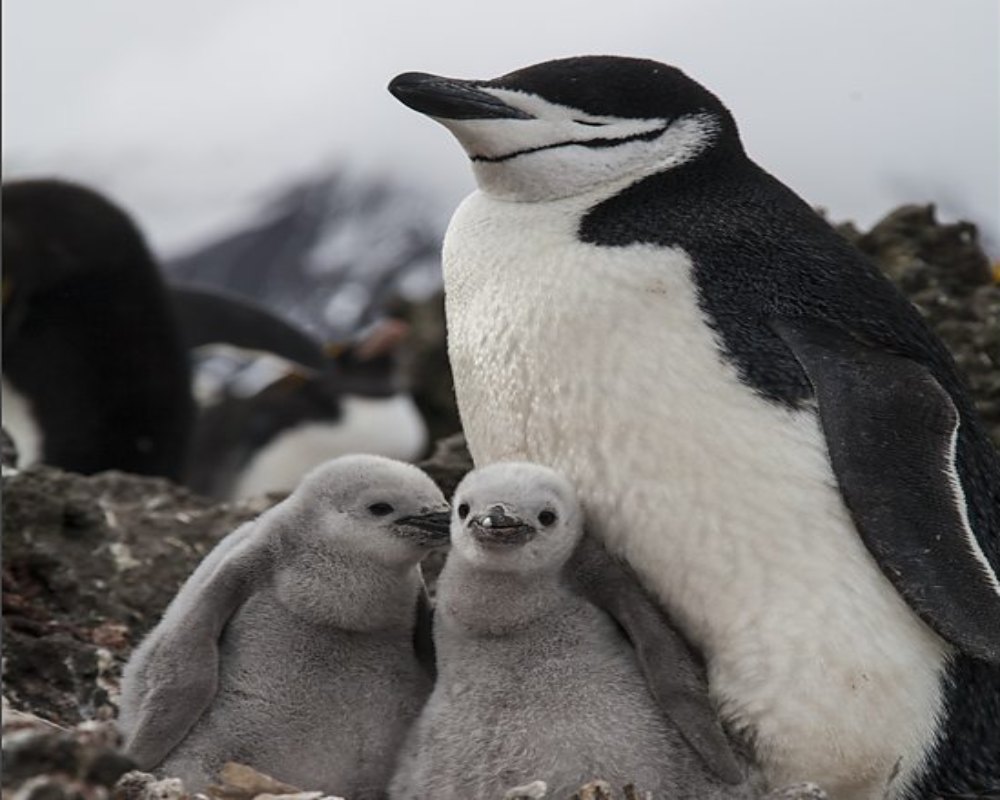
The world is pretty different from what it used to be a few decades ago. Climate change, the endangerment of animal species, and habitat destruction have softened hearts. Animal preservation is now more of a big deal than ever before.
Having this in mind, today’s audience will happily welcome a twitch in the rules. Just some more flexibility. A balance that will limit intervention and yet spare wildlife from unnecessary death or anguish.Are you thinking the same thing?
Do you tilt more towards the objective side, the compassionate side, or do you just want balance? We would love to have you share your preference with us.


